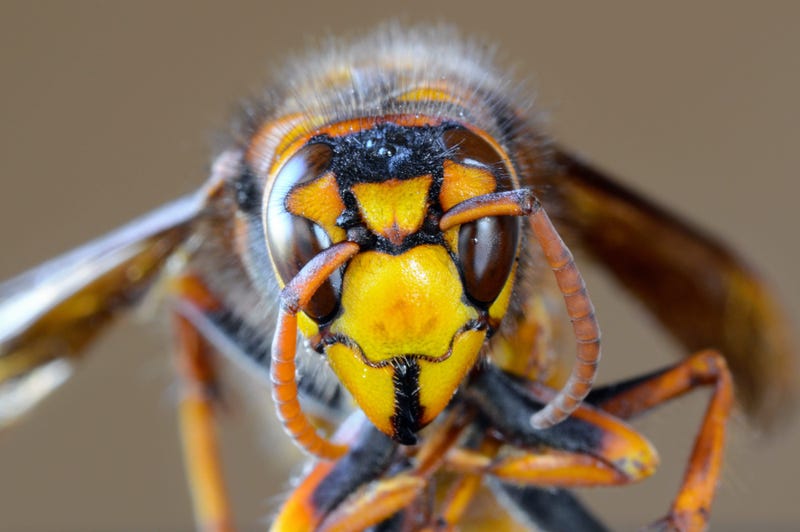
“Although this pest has not been spotted in Texas, the hornet poses a threat to both agriculture and public health,” said Patrick J. Stover, Ph.D., vice-chancellor of Texas A&M AgriLife, dean of the College of Agriculture and Life Sciences and director of Texas A&M AgriLife Research. “Because of this, we are bringing to bear the diverse expertise and knowledge base that exists within Texas A&M AgriLife to collaborate with federal partners and extension agents across the country to protect our state and the global food supply.”
“The hornets’ life cycle informs the potential control strategies,” said David Ragsdale, Ph.D., chief scientific officer and associate director of AgriLife Research, and professor in the Department of Entomology. “While widespread surveillance for the hornets in Texas is premature, we do need strategies to prevent the hornets arriving here in cargo,” Ragsdale said. “Right now, what we need to know is whether the Asian giant hornets have successfully overwintered in British Columbia or in Washington state.”
About Asian giant hornets:
The world’s largest hornets, these insects are native to many areas, from Japan and South Korea to India and Pakistan. Up to 2 inches long, the insect is about a half-inch larger than the “cicada killer” wasp common in Texas.
